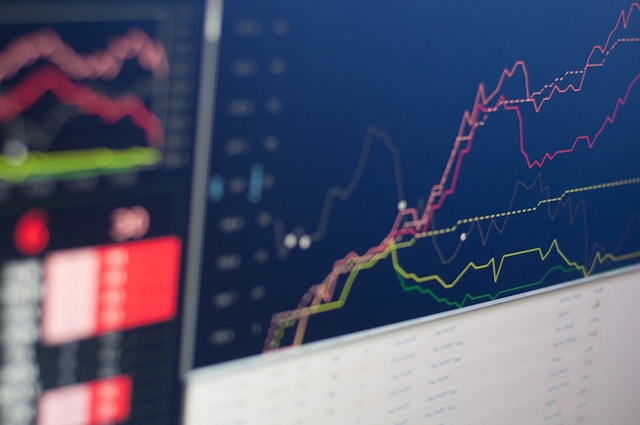Trading high-volatility assets can offer significant profit potential, but it also comes with substantial risks due to rapid price fluctuations, leading to quick losses. Some of the most volatile assets include cryptocurrencies (e.g., Bitcoin, Ethereum), commodities (e.g., oil, XAUUSD, XAGUSD), and indices (e.g., S&P 500, Dow Jones). In the forex market, pairs like GBP/JPY and other cross pairs also exhibit high volatility.
Successfully trading volatile assets requires proper risk management and strategic planning. This article outlines key guidelines for navigating high-volatility markets.
1. Understand Assets
Before trading, it’s essential to analyze an asset’s movement patterns.
- Does the asset follow a long trend or does it frequently reverse direction?
- How does it react to support and resistance areas — does it break through or bounce off more often?
- How sensitive is it to economic news or data releases?
- Does the asset exhibit seasonal price patterns?
Conducting preliminary research on these factors will help traders anticipate price movements and develop a more effective strategy.
2. Analyze the Average Range of Movement
Understanding the asset’s typical price range is crucial. The time frame for measuring this range depends on the trader’s style, whether scalping, intraday, or swing trading. One useful tool for this analysis is the ATR indicator. By identifying the asset’s expected movement range, traders can set stop-loss levels more effectively and avoid the market’s excessive volatility.
3. Develop a Trading Strategy
A well-defined trading plan is essential. However, not all strategies work equally well with high-volatility assets. As a result, traders must develop a trading strategy to accommodate high price fluctuations. Key elements of a trading strategy include:
- Trade type: Short-term or long-term trading position?
- Position size: Usually expressed in percentage of risk per trade. The position size is influenced by the stop loss level set by the trader.
- Entry strategy: Should the trade align with the major trend or counter-trend?
4. Strengthen Psychological Resilience
Even the best strategy is ineffective without psychological discipline. Emotional reactions can lead to impulsive decisions and losses. To maintain psychological stability, traders should:
- Stay focused: Avoid emotional decision-making.
- Manage stress: Use relaxing techniques.
- Stay informed. Follow market news and data releases.
- Adapt: Adjust strategies as market conditions change.
5. Monitor Economic Events
Market volatility often spikes in response to major economic events. Traders should regularly track news, economic reports, and social media trends that could impact asset prices. Using an economic calendar helps traders anticipate key events and adjust their positions accordingly.
6. Avoid Overtrading
High volatility may tempt traders to trade more frequently, but excessive trading increases transaction costs and raises the risk of making emotionally driven mistakes. To prevent overtrading:
- Stick to a well-defined trading plan.
- Avoid unnecessary trades influenced by emotions.
- Maintain discipline in position sizing and risk management.
By following these principles, traders can maximize their chances of success while minimizing unnecessary risks.
Trading high-volatility assets can be highly rewarding, but it requires careful planning, discipline, and risk management.
Photo by Nicholas Cappello on Unsplash (Free fir commercial use)
Image published on June 11, 2019




